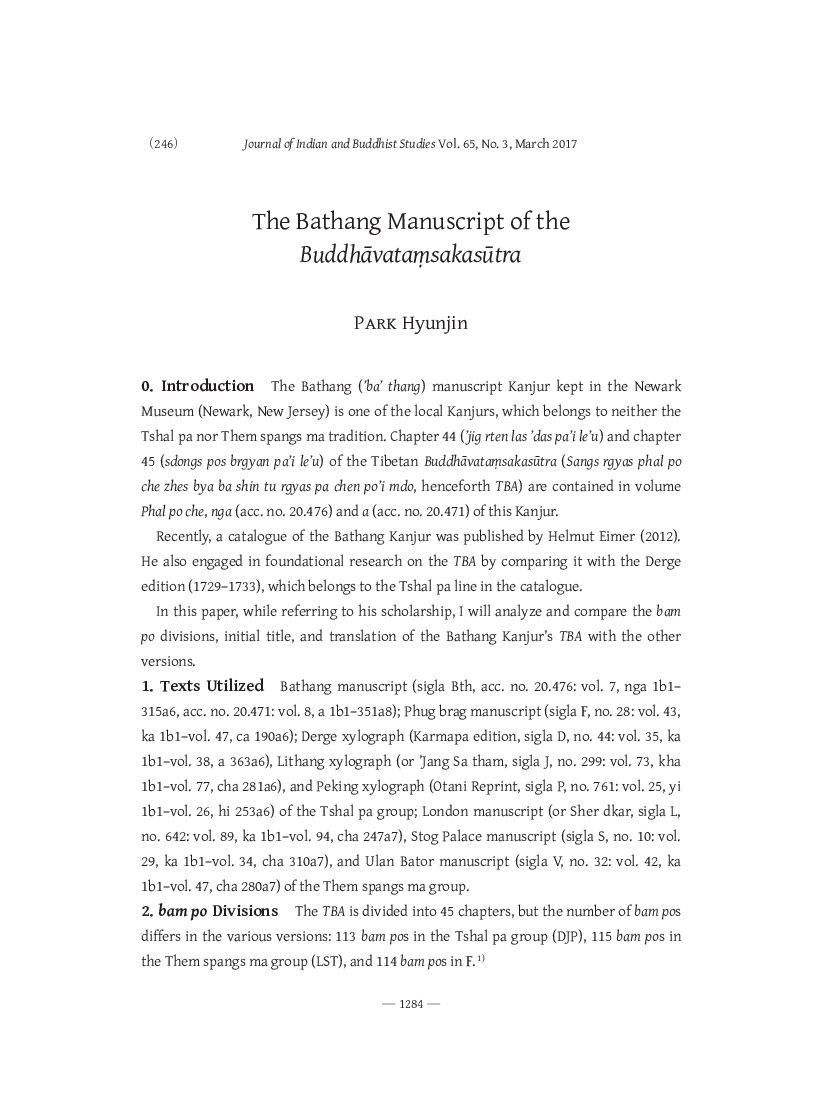| Article ID | Journal | Published Year | Pages | File Type |
|---|---|---|---|---|
| 5102850 | Physica A: Statistical Mechanics and its Applications | 2017 | 5 Pages |
Abstract
Using the dynamic conditional correlation multivariate generalized autoregressive conditional heteroskedasticity (DCC-MGARCH) model, we empirically examine the dynamic relationship between stock market returns (KOSPI200 returns) and implied volatility (VKOSPI), as well as their statistical mechanics, in the Korean market, a representative and leading emerging market. We consider four macroeconomic variables (exchange rates, risk-free rates, term spreads, and credit spreads) as potential determinants of the dynamic conditional correlation between returns and volatility. Of these macroeconomic variables, the change in exchange rates has a significant impact on the dynamic correlation between KOSPI200 returns and the VKOSPI, especially during the recent financial crisis. We also find that the risk-free rate has a marginal effect on this dynamic conditional relationship.
Related Topics
Physical Sciences and Engineering
Mathematics
Mathematical Physics
Authors
Sung Y. Park, Doojin Ryu, Jeongseok Song,
